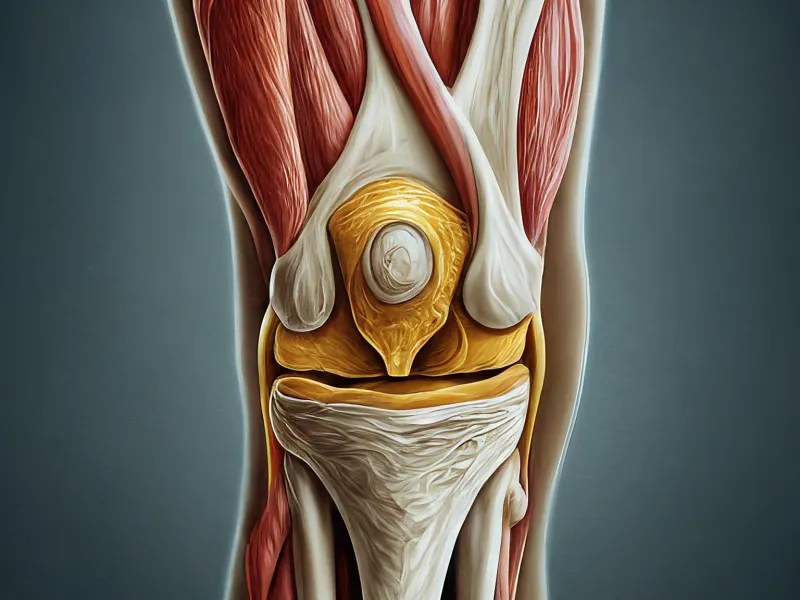
The Meniscus: A Key Component in Knee Mechanics
The meniscus, a soft and fibrous cartilage located between the femur and the tibia, is crucial for joint stability, lubrication, and withstanding immense forces. Functioning as an exceptional shock absorber, it enables the knee to handle over two million steps annually. The meniscus’s smoothness surpasses even ice, ensuring seamless knee movement.
Meniscus Injury and Repair Techniques
Recent trends in meniscus repair emphasise preservation over meniscectomy, reducing the risk of osteoarthritis. Techniques such as arthroscopic centralization restore meniscus function by repairing or preventing its extrusion. Notably, the use of orthobiologics like undifferentiated autologous mesenchymal stem cells marks a shift towards biologically oriented meniscus repair methods【Abrams et al., 2013; Koga et al., 2017】.
Advanced Meniscus Repair Strategies
Innovative strategies like collagen scaffold augmentation are gaining traction in meniscus tissue engineering. These scaffolds, seeded with human cells, show promise in repairing avascular meniscus tears. Moreover, meniscus-derived matrix (MDM) bioscaffolds and riboflavin-induced photo-crosslinking of collagen hydrogel highlight the ongoing advancement in meniscus repair using collagen-based scaffolds【Heo et al., 2015; Lyons et al., 2019】.
Meniscus Preservation: A Priority
Preserving the meniscus is a priority, with techniques developed to save as much of the cartilage as possible. Meniscectomy is reserved for substantial tears, particularly in the inner two-thirds of the meniscus. In such cases, only the smallest necessary amount of tissue is removed to retain cushion and stability.
The Importance of Meniscus Transplantation
When meniscus repair is unfeasible, transplantation offers a new lease of life for the knee joint. It’s essential for the transplanted meniscus to perform as effectively as the original to stabilise and support the knee. Transplant techniques have evolved to replace the meniscus with minimal disruption to other joint tissues.
References
-
Abrams, G., Frank, R., Gupta, A., Harris, J., McCormick, F., & Cole, B. (2013). Trends in meniscus repair and meniscectomy in the United States, 2005-2011. The American Journal of Sports Medicine, 41(10), 2333-2339. Available at: https://doi.org/10.1177/0363546513495641
-
Heo, J., Koh, R., Shim, W., Kim, H., Yim, H., & Hwang, N. (2015). Riboflavin-induced photo-crosslinking of collagen hydrogel and its application in meniscus tissue engineering. Drug Delivery and Translational Research, 6(2), 148-158. Available at: https://doi.org/10.1007/s13346-015-0224-4
-
Koga, H., Watanabe, T., Horie, M., Katagiri, H., Otabe, K., Ohara, T., … & Muneta, T. (2017). Augmentation of the pullout repair of a medial meniscus posterior root tear by arthroscopic centralization. Arthroscopy Techniques, 6(4), e1335-e1339. Available at: https://doi.org/10.1016/j.eats.2017.05.014
-
Lyons, L., Perea, S., Weinberg, J., Wittstein, J., & McNulty, A. (2019). Meniscus-derived matrix bioscaffolds: effects of concentration and cross-linking on meniscus cellular responses and tissue repair. International Journal of Molecular Sciences, 21(1), 44. Available at: https://doi.org/10.3390/ijms21010044
